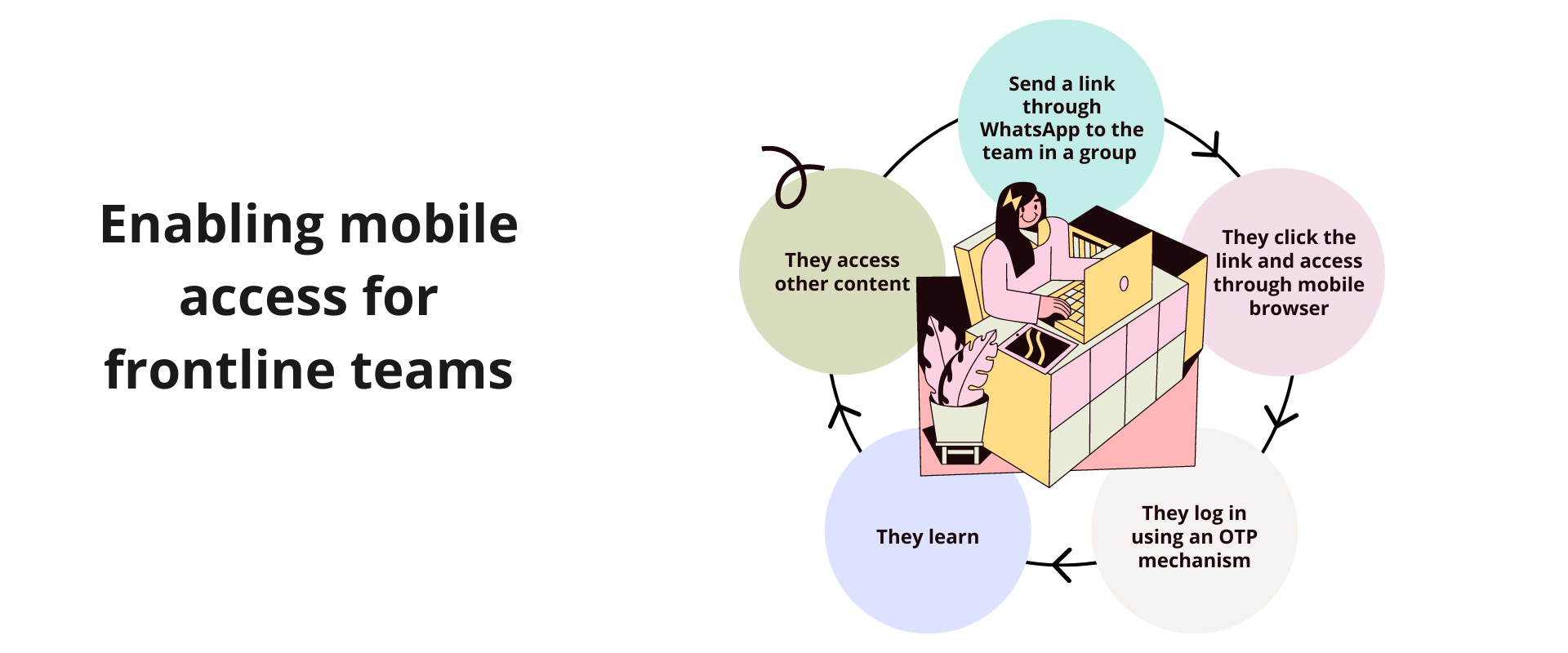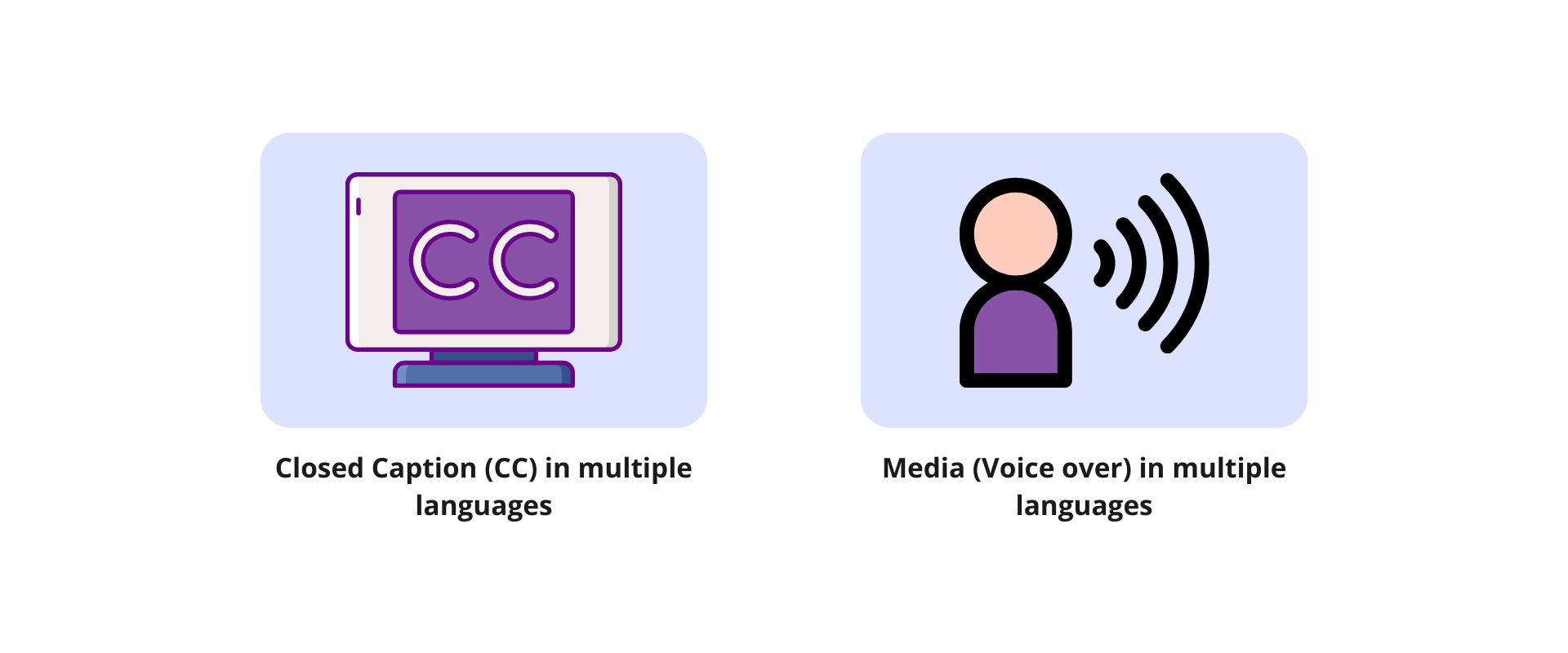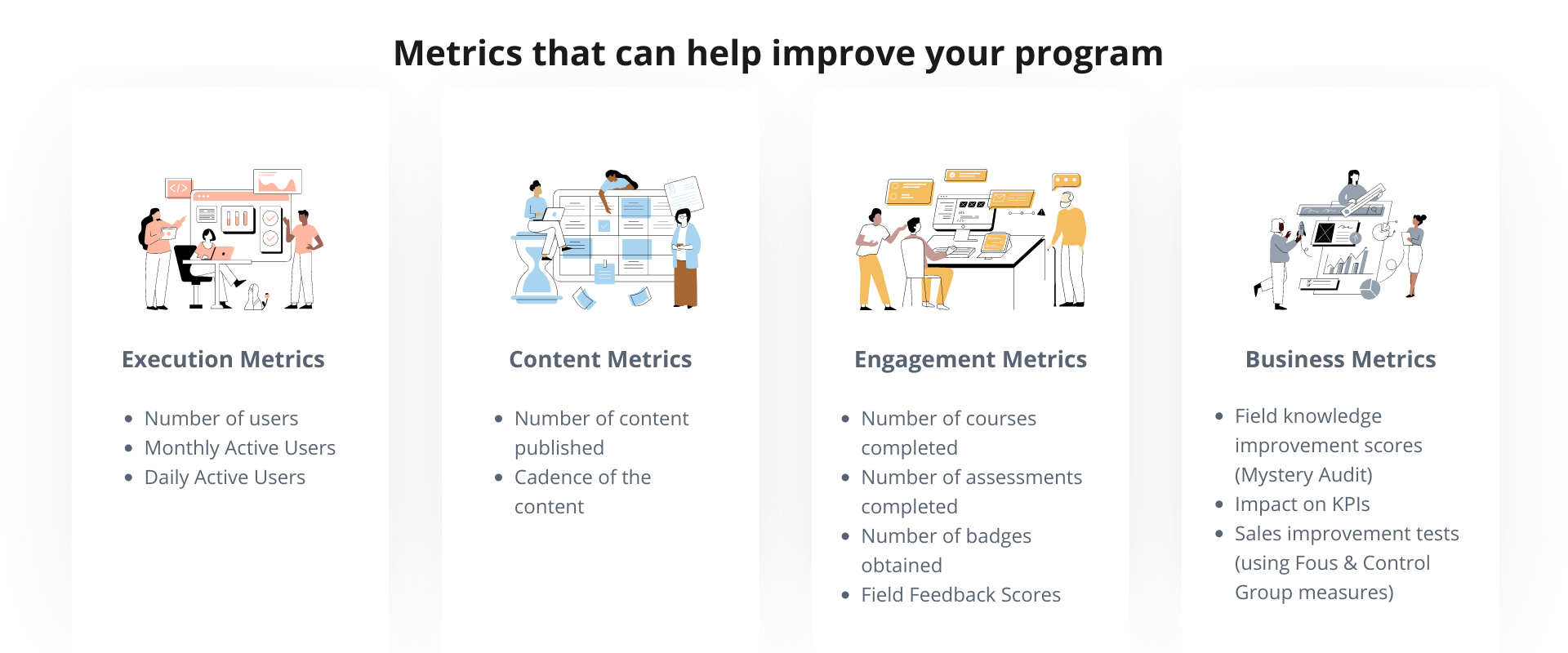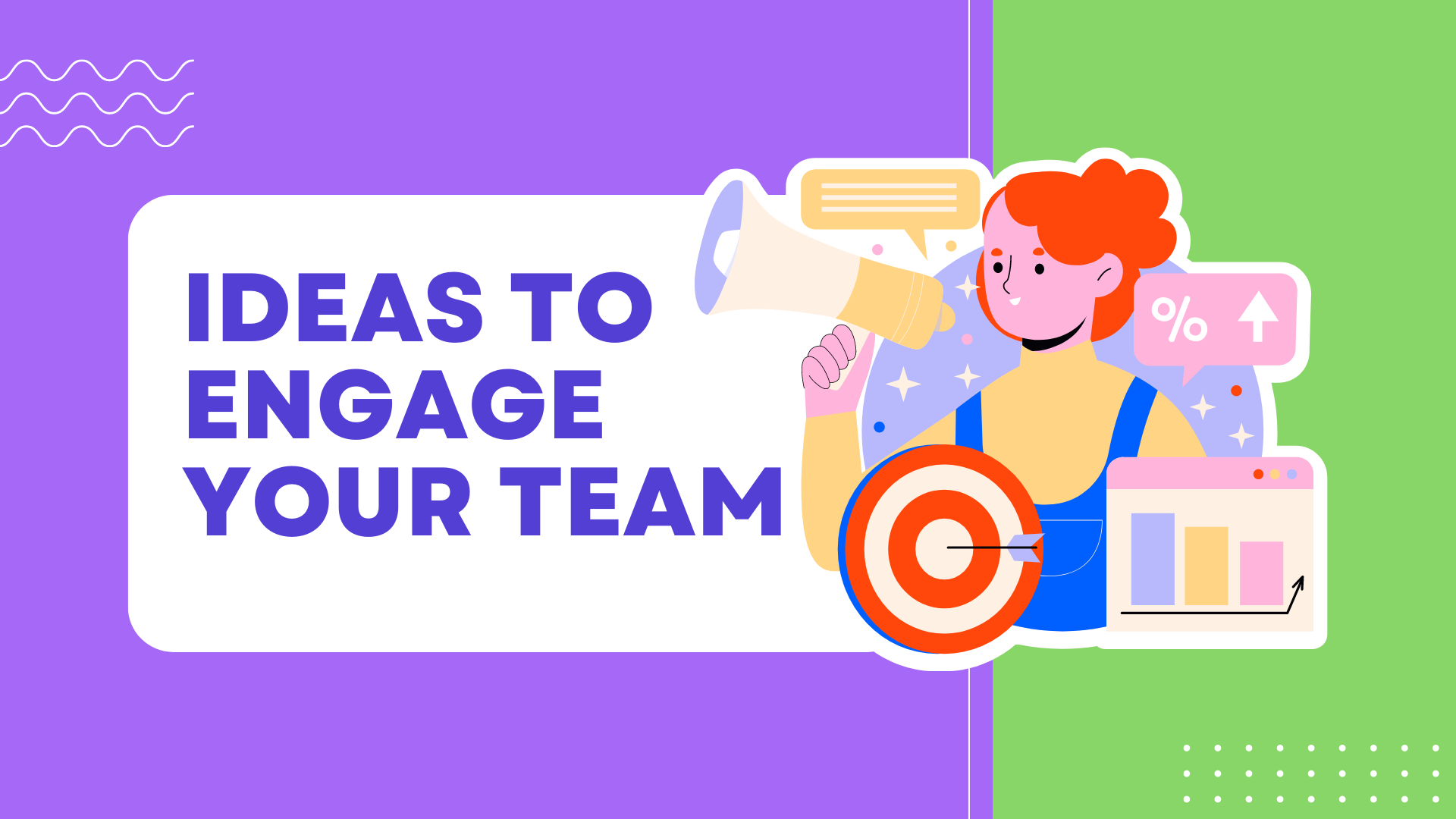Enabling the next 20M Frontliners: Platform ideas to engage and win

Enabling the next 20M Frontliners: Platform ideas to engage and win



In a distributed market like India, a brand might look at the Go To Market in many layers.
|
The Organisation |
The company’s own employees |
|---|---|
|
The Extended Organisation |
The top dealer force, often paid for or supported by the company |
|
The Broader Organisation |
The T3, long tail dealer force, with no affiliation and an opportunistic engagement with the company |
|
The |
The company’s |
|---|---|
|
The Extended |
The top |
|
The Broader |
The T3, |
In the previous decade, companies set up processes and systems to engage and train the ‘Extended Organisation’ (T2 dealers). The employees of the T2 organisation have an affiliation to the company and brand. Hence companies could engage these personnel online through apps. Through that, they can train and motivate them for success.
Post Covid, for every brand, influencing and training the employees (and promoters) of T3 dealerships has become important. Why?
-
Sheer numbers. Across industries, we have estimated over 5M T3 dealers and 20M personnel who can be classified as T3 Sales or Service Personnel.
-
In some industries, these T3 dealers represent about 25% of India’s market sales.
-
They influence the brand perception in upcountry India.
-
The T3 have the ability to make a difference wrt market share of the company in the market.


The challenges:
-
Distributed nature of their presence
-
The T3 employees’ lack of direct affiliation with the company for motivating them to engage.
An engagement system to enable the next 20M Frontliners:
The system to engage the extended T3 teams looks very different from the erstwhile systems used to engage second line teams.
1. Unencumbered Access
Ease of invitation of the user is critical. Any field personnel should be able to get in the relevant user without too much administration.
The user should be able to access the system through OTP:
-
Access through mobile number OTP
-
Or access through email OTP instead
The password paradigm with its complexity clauses & ‘forget password’ process do not work well with this audience.
Access on mobile:
It is going to be tough getting these users to use a mobile app. The access needs to be on the basis of ‘Link to Learn’ :


The system has to be mobile browser friendly, but for a more involved user, an app should be available for access. [Progressive Web App implementation.]
Single Sign On Access from ‘Your App’:
In many cases, these Frontliners access the system through another application. This might be an incentive application or sales reporting application already provided by the company.
Links should be established to be able to login on a ‘Single Sign On’ basis from the existing app for ease of access.
2. Go Vernacular
The profile of this audience definitely requires local language access.
Application Platform
The user needs to be able to access it through ~8 local Indian languages including Hindi, Gujarati, Bengali, Marathi, Kannada, Telegu, Malayalam and Tamil, besides English.
Content of the platform
The users are familiar with Amazon Prime and other OTT channels. Typical to consumerisation of IT, they now expect the same facilities – available in local languages. They expect:


The content managers need to develop an internal process to be able to publish videos with Closed Caption & Multi-language media. The platform needs to support the same.
3. Byte-Sized Content
Content managers might contend, ‘How do I explain such a complex concept in just 5-6 minutes – this is serious stuff, not fun”.
But, that is the Content Manager’s problem. The Broader T3 teams will not engage for more than 5-6 minutes of content, unless you establish a habit and tie it with a reward.
On the other hand, it is possible to establish a habit. How about sending 3-4 bullets of content every week through the platform, each 4-5 minutes in duration? That might create production problems, but is the direction towards a solution.
It is important to have a predictable cadence (One content on Mon, Wed, Fri for example) of content to build a habit.
We talk more about building a content calendar in this blog.
4. Communications:
The app can have email or notification-based communication. However, the primary way to reach the Frontliner (in India) is through WhatsApp. We have to leverage a set of channels:
-
WhatsApp Integration: Do we integrate WhatsApp to the system for communication? It becomes expensive. The estimated cost of sending 1 message through WhatsApp to 10,000 users in the group is Rs. 4800. For a month, if there are 20 such communications, it will translate into a fairly large sum.
-
WhatsApp Groups: Every field region has a WhatsApp Group. The group will include these frontliners. The message has to be sent out from a central group to these field node groups about the content in the platform. Else, the cost of communicating with these users systematically will be prohibitive.
This is a critical link in the success of the project.
5. Two way talk: Building a Community
Training systems that will train are ONE WAY. They feel archaic to the Instagram generation – they want to be able to contribute and get acknowledged.
We need a system where communities can be built with key influencers in states for vernacular content. They need to discuss issues and provide solutions for each other, without touching the larger organisation.
So, the ideal system should be able to orchestrate conversations around specific topics that are of interest in the local markets.
6. Motivating to engage
At the end of the day, if a user does not get value out of the content, they are not going to engage. After providing the right content, what are the levers for engagement?


The need for peer-recognition in this group is very high and mechanisms that will enable that will get huge traction.
7. Track, Execute to Metrics
What are the metrics that you track and improve upon with such a program? You have to fall back upon Social Media-type metrics rather than classic learning metrics.


Where do you want to go?
A comprehensive view of metrics in the start of the execution will help to steer the project in the right direction.
Bsharp Learn Platform
The Bsharp Learn Platform has a host of features that enable easy engagement with the extended field teams. We bring expertise with the platform, the content and the processes required to sustainably engage with extended sales communities.
Want free diagnostics of your field engagement practices? Would you like to know more?
